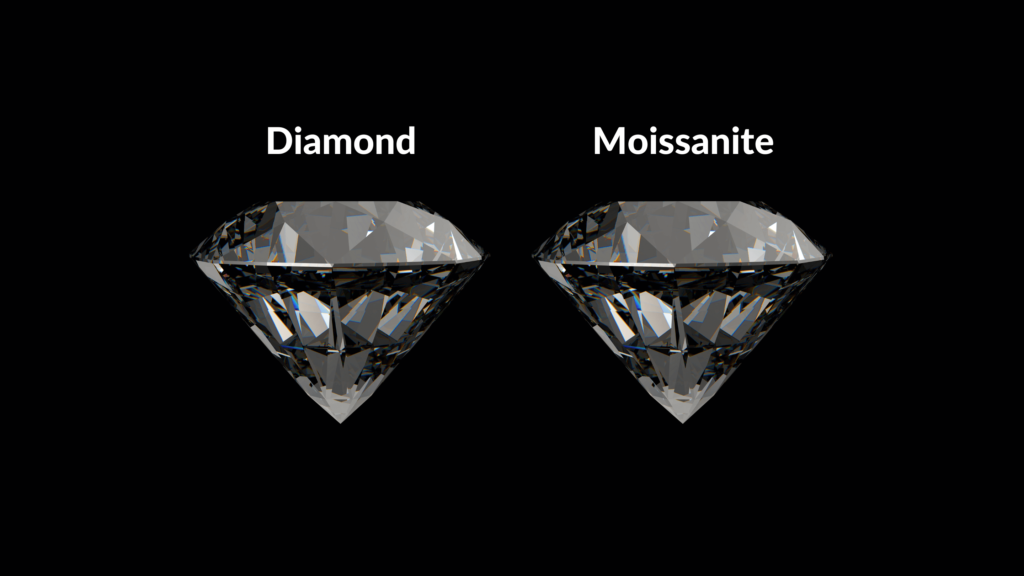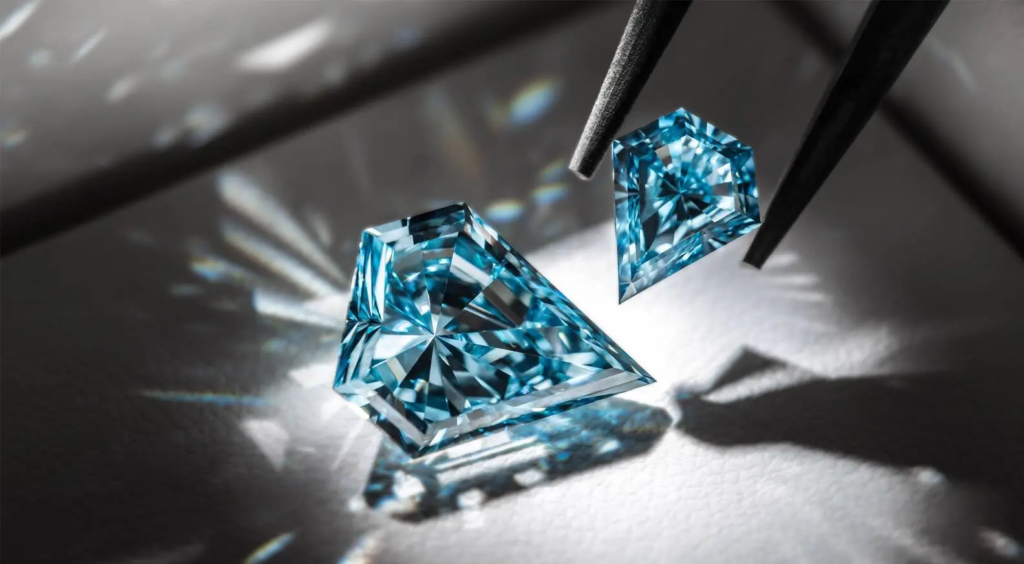
Introduction to Lab Grown Diamonds
Diamonds have long been considered a symbol of love and luxury, but the story behind these dazzling gems often comes with a dark twist. Traditional diamond mining can wreak havoc on our planet and exploit vulnerable communities. Enter lab grown diamonds—an eco-friendly alternative that offers all the beauty without the burden. These sustainable diamonds are revolutionizing the jewelry industry, promising not only stunning brilliance but also a clear conscience. With increasing awareness about environmental issues and ethical choices in consumerism, many are opting for lab-grown options as they seek to minimize their carbon footprint while still celebrating life’s special moments.
Are you curious about how these sparkling stones are created? Or perhaps you’re wondering just how much impact traditional diamond mining has on our environment? Join us as we delve into the world of lab grown diamonds—where science meets sustainability—and discover why making this choice is not just good for your jewelry box, but also for Mother Earth herself.
How They are Made: The Process of Growing Diamonds in Labs
Lab grown diamonds are created using two primary methods: High Pressure High Temperature (HPHT) and Chemical Vapor Deposition (CVD).
In the HPHT method, carbon is subjected to intense heat and pressure. This mimics the natural conditions found deep within the Earth’s mantle, allowing diamond crystals to form. The result? Beautiful gems that are nearly identical to their mined counterparts.
CVD takes a different route. It involves placing a small diamond seed in a chamber filled with carbon-rich gas. Through precise heating, the gas breaks down and deposits carbon atoms onto the seed, gradually forming a larger diamond over time.
Both techniques require advanced technology but use significantly fewer resources than traditional mining. The energy consumption of lab processes has been optimized as well, making these eco-friendly diamonds an attractive option for consumers concerned about sustainability in jewelry production.

Environmental Impact of Traditional Diamond Mining
Traditional diamond mining has a profound impact on the environment. The extraction process often involves clearing vast areas of land, leading to habitat destruction and loss of biodiversity. Ecosystems are disrupted, affecting wildlife and plant life.
Water usage is another major concern. Mining operations require significant amounts of water for processing stones, which can lead to depletion of local water sources. This not only affects aquatic ecosystems but also communities that depend on these resources for their survival.
Furthermore, the carbon footprint associated with diamond mining is substantial. Heavy machinery and transportation contribute to greenhouse gas emissions, exacerbating climate change issues. The energy consumption in this industry raises questions about sustainability long-term.
The consequences extend beyond just environmental degradation; they touch social structures as well—often resulting in conflicts over land rights and resources between corporations and local populations.
The Benefits of Choosing Lab Grown Diamonds for the Environment
Lab grown diamonds offer a remarkable advantage in terms of environmental impact. Unlike traditional diamond mining, which often involves destructive practices that disrupt ecosystems, lab created options are cultivated in controlled environments.
The process requires significantly less land and reduces habitat destruction. This is crucial for preserving biodiversity, especially in sensitive areas affected by mining operations.
Water usage also plays a critical role. Lab grown diamonds consume far less water compared to their mined counterparts, mitigating the strain on local water resources essential for communities and wildlife alike.
Moreover, the carbon footprint associated with lab diamond production is substantially lower. Efficient energy use during manufacturing means eco-friendly diamonds can be produced without exhausting natural resources or contributing heavily to climate change.
Choosing lab grown diamonds not only reflects a commitment to style but also signals responsibility towards our planet’s health and future sustainability efforts within the jewelry industry.

Misconceptions and Controversies Surrounding Lab Grown Diamonds
Lab grown diamonds often face skepticism and misconceptions. Some believe they lack the beauty of natural diamonds, but this is far from true. Chemically identical, lab created gems exhibit the same sparkle and brilliance.
Another common myth is that lab grown stones are less valuable. While it’s true they can be more affordable, their worth should not be solely measured in price. Many consumers prioritize sustainability over cost.
Controversies also arise around authenticity. Critics argue that labeling them as “real” undermines traditional diamond mining legacies. However, being real doesn’t exclusively mean coming from deep within the Earth.
Additionally, some worry about the energy consumption involved in lab diamond production. Yet advancements in technology continuously improve efficiency and reduce carbon footprints, making them a greener choice overall.
Misunderstandings surrounding these eco-friendly options persist but educating consumers will foster appreciation for ethical gemstones.
Ethical Considerations: Human Rights and Labor Practices in the Diamond Industry
The diamond industry has long been associated with human rights violations. Traditional mining practices often exploit vulnerable communities, leading to poor working conditions and unfair wages.
Laborers in these mines may face dangerous environments without proper safety measures. Children are sometimes involved, deprived of education and childhood due to the demand for natural diamonds.
In stark contrast, lab grown diamonds offer a solution that prioritizes ethical considerations. These gems are produced in controlled settings where labor laws protect workers’ rights and ensure fair treatment.
Choosing sustainable diamonds means supporting responsible practices that foster a healthier workforce and community development. Consumers today have the power to make informed choices that reflect their values regarding human rights.
By opting for eco-friendly diamonds, you contribute to an industry shift towards transparency and accountability—encouraging more brands to adopt ethical jewelry standards along the way.

Conclusion: Why Choosing Lab Grown Diamonds is a Sustainable Choice for the Environment and Society
Choosing lab grown diamonds presents a compelling alternative to traditional diamond mining. These eco-friendly diamonds offer a way to enjoy the beauty and brilliance of natural stones without compromising environmental integrity or ethical considerations.
The process of creating lab grown diamonds produces minimal carbon footprint compared to conventional methods. With significantly lower energy consumption, reduced water usage, and fewer harmful emissions, they stand out as sustainable options within the jewelry industry.
Moreover, opting for lab grown diamonds means supporting responsible sourcing practices that prioritize human rights and ethical labor standards. The controversies surrounding traditional diamond mining—often linked with exploitation—highlight the importance of transparency in supply chains.
By selecting eco-friendly diamonds over mined ones, consumers can actively contribute to sustainability in jewelry while still celebrating life’s special moments with stunning pieces. Lab created gems are not just an aesthetic choice; they reflect a commitment to protecting our planet and promoting social responsibility.
Investing in lab grown diamonds is more than just purchasing fine jewelry; it embodies values centered around care for both people and nature. As awareness grows about the benefits these alternatives bring, choosing them becomes increasingly important for a better future—one where luxury does not come at such great cost to our environment or society.
For more such update, keep visiting QAWire


